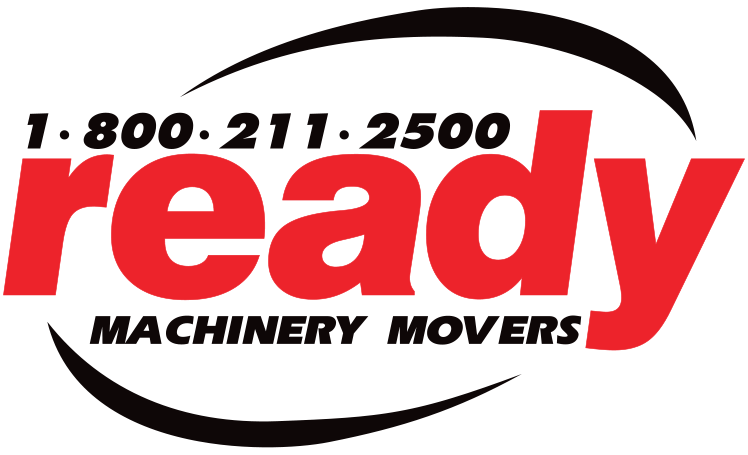What are the ins and outs of the trucking industry? The trucking industry is the backbone of global supply chains, responsible for moving the vast majority of goods transported across countries and continents.
Stringent regulations, evolving technologies, and fluctuating economic conditions all factor into how this industry is shaped. Understanding the intricacies of the trucking industry is key to navigating its complexities and capitalizing on its potential.
Key Components
Types of Trucks
- Heavy-duty trucks: Used for long-haul and interstate transportation.
- Medium-duty trucks: Common in regional and urban delivery, used by companies like FedEx & UPS.
- Light-duty trucks: Used for local deliveries, where vans or small trucks deliver to consumers.
Freight Types
- Full Truckload (FTL): A full truck is contracted by a single customer, typically for large shipments.
- Less than Truckload (LTL): Multiple customers share space in one truck, ideal for smaller shipments.
- Refrigerated (Reefer): Used for transporting perishable goods, such as food and pharmaceuticals.
- Flatbed: Used for oversized or awkwardly shaped goods, such as construction materials or machinery.
Logistics and Technology
- Route Planning and Optimization: Critical for reducing fuel costs and delivery times.
- Telematics and GPS Tracking: Enables real-time tracking of vehicles and cargo, enhancing security and efficiency.
- Electronic Logging Devices (ELDs): Mandated in many regions to monitor driver hours and ensure compliance with regulations.
Regulatory Compliance
- Hours of Service (HOS): There are regulations that limit the number of hours a driver can operate a vehicle without rest, to reduce fatigue-related accidents.
- Environmental Regulations: Increasing focus on reducing emissions, leading to the adoption of more fuel-efficient vehicles and alternative fuels like electric or hydrogen-powered trucks.
- Safety Standards: Regular inspections and maintenance requirements to ensure vehicle safety on the road.
Challenges
- Driver Shortage: A significant issue in the industry, caused by high turnover rates, aging workforce, and strict qualification requirements.
- Operational Costs: Fuel, maintenance, insurance, and regulatory compliance are significant expenses that impact profitability.
- Infrastructure Issues: Poor road conditions, traffic congestion, and inadequate parking facilities can lead to delays and higher costs.
Trends and Innovations
- Automation: Autonomous trucks are being tested and could revolutionize the industry by reducing labor costs and increasing efficiency.
- Electrification: With the push for greener transportation, electric trucks are gaining attention, although challenges like range and charging infrastructure remain.
- Data Analytics: Increasing use of big data to optimize routes, reduce fuel consumption, and improve overall operational efficiency.
Career and Workforce Considerations
- Driver Lifestyle: Truck driving is a demanding job, with long hours on the road, time away from family, and the physical toll of handling heavy vehicles.
- Training and Certification: Drivers need a commercial driver’s license (CDL) and often require additional qualifications for specific types of cargo, such as hazardous materials.
- Workforce Development: Addressing the driver shortage will require efforts to attract younger drivers, improve working conditions, and invest in training programs.
The trucking industry is a complex yet vital component of global commerce. In spite of the significant challenges it faces, the industry’s resilience and adaptability have allowed it to continue evolving. Innovations in technology and sustainability are paving the way for a more efficient and environmentally-friendly future. For those who can navigate its complexities, the trucking industry offers significant opportunities for growth and success.
We hope that this blog on ‘The Ins And Outs Of The Trucking Industry’ has been helpful!
